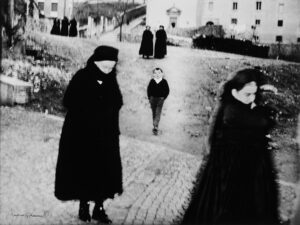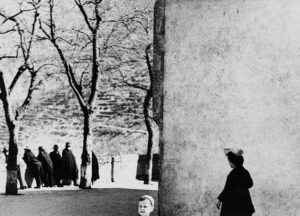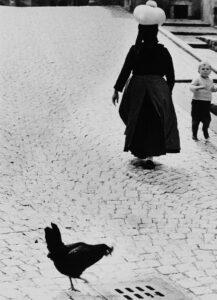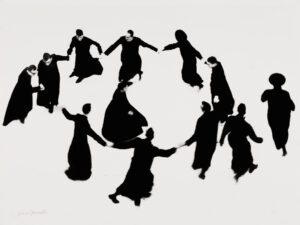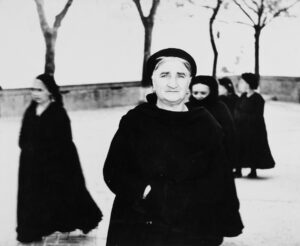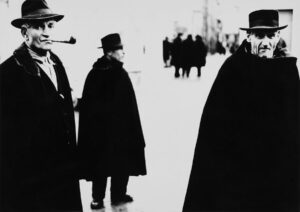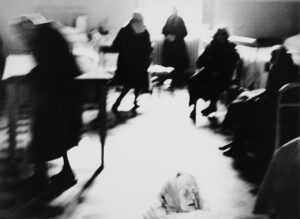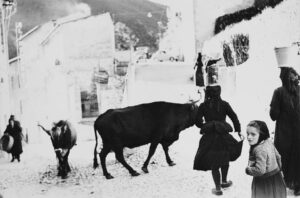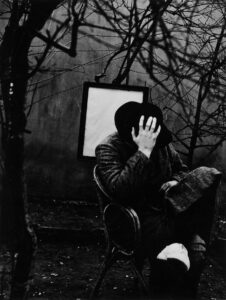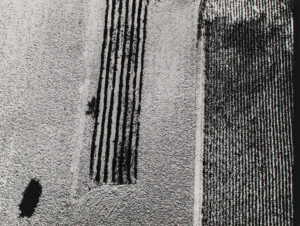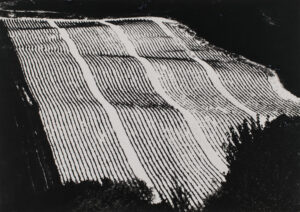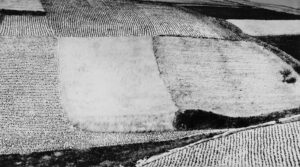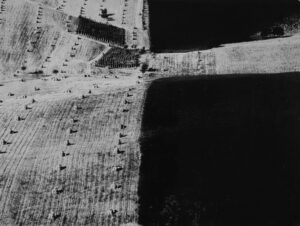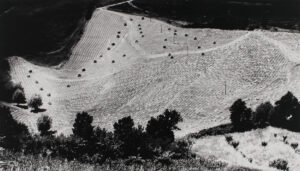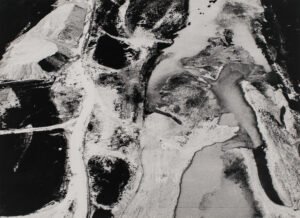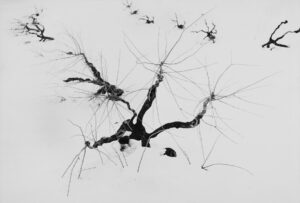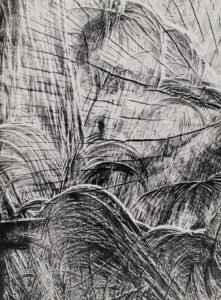Mario Giacomelli
Italian, 1925—2000
About
Mario Giacomelli
Italian, 1925—2000
Known for his bold compositions capturing life and land in his native country, Mario Giacomelli has become an icon of postwar Italian photography since his death in 2000. Today he is recognized as one of the most original photographic artists of the twentieth century, who embraced the way that a photograph can convey the poetic, dreamlike and unfathomable. After buying his first camera in 1954, Mario Giacomelli began a life-long preoccupation with creating highly personal and artistically atmospheric images that poetically transcribe the landscapes, street scenes, and people of Southern Italy. When photographing the farmlands around his hometown Senigallia, Giacomelli created surrealist hillsides with radical perspectives and exposure techniques. He made aerial images, etched trees, mounds and hoes into his negatives, and sometimes even rented tractors to create or enhance linear or abstract patterns in the fields. He took his camera inside nursing homes, and in 1960 was commissioned by the Catholic Church to document the lives of young priests in seminaries, for which he produced stylized compositions with stark contrasts. Giacomelli’s work was included in the 1967 Metropolitan Museum of Art exhibition Photography in the Fine Arts, which traveled to the Museum of Fine Arts Boston and the National Gallery of Art, among other venues, and in a major 1975 exhibition at the Victoria and Albert Museum in London. His image The Boy from Scanno is included in John Szarkowski’s classic Looking at Photographs (1973).
